When a subarachnoid hemorrhage blows up your life, the medical whirlwind takes over-scans, surgery or coiling, blood pressure control, nimodipine, neuro checks. Then you’re sent home with headaches, fatigue, anxiety, shaky sleep, and a brain that tires fast. This guide sticks to one promise: help you use complementary and alternative therapies safely and sensibly-alongside your neurologist’s plan-to ease symptoms, protect recovery, and avoid risky detours.
Quick reality check: complementary care can help with pain, sleep, mood, and pacing your energy. It does not replace acute SAH treatment, blood pressure control, rehab, or follow-up imaging. Some popular “natural” options can raise bleeding risk or clash with medicines. I’ll flag the traps so you don’t step on them.
- TL;DR
- Use gentle, low-risk therapies with evidence for symptom relief: mindfulness/CBT for anxiety and sleep; supervised graded activity; acupuncture and massage for pain; music therapy for mood; pacing for fatigue.
- Avoid anything that thins blood or spikes blood pressure: ginkgo, ginseng, high-dose fish oil, turmeric/curcumin capsules, garlic pills; intense heat therapy; cervical “high-velocity” manipulation.
- Coordinate everything with your stroke/SAH team, especially if you’re on nimodipine, antiplatelets, anticoagulants, or antidepressants. Small interactions matter after SAH.
- Pick regulated UK practitioners (BAcC, CNHC, HCPC) and start low, go slow. Track symptoms weekly. Stop if headaches, blood pressure, or dizziness worsen.
- Red flags: sudden worst headache, new neuro deficit, fainting, vision loss-call emergency services now.
What actually helps after SAH (and how to use it safely)
Jobs this section covers: know which therapies have supportive evidence; build a simple weekly plan; learn how to pace; get practical scripts for sleep, pain, and anxiety.
What the evidence says in plain English. SAH survivors share a lot with stroke survivors: out-of-nowhere headaches, sensitivity to light and noise, anxiety, poor sleep, and crushing fatigue. Systematic reviews in stroke recovery point to a handful of low-risk options that can make daily life easier:
- Mindfulness-based stress reduction (MBSR) and cognitive behavioural therapy (CBT): consistent benefit for anxiety, low mood, and insomnia across multiple trials, with small to moderate effect sizes. UK Talking Therapies can refer you.
- Graded, supervised activity: walking and gentle strength work paced by symptoms improves fatigue and mood. The trick is pacing-never pushing to a crash day.
- Acupuncture: mixed evidence, but some benefit for post-stroke shoulder pain and headaches in small RCTs and Cochrane analyses. If you respond, you usually notice within 3-6 sessions.
- Massage (light to moderate pressure): short-term relief for neck tension and headache frequency; helps downshift a wound-up nervous system. Avoid deep work near the neck in the first months.
- Music therapy: repeatedly shown to lift mood and reduce anxiety in neuro recovery; easy to self-administer with structured playlists.
- Sleep hygiene + melatonin (only if your team agrees): melatonin can help sleep onset; check with your clinician to avoid interactions or daytime grogginess.
Why these? They down-regulate the stress response without thinning blood or spiking blood pressure. After SAH, that’s the line you don’t cross.
A simple weekly blueprint (adjust to your energy):
- Core routine (daily, 20-30 minutes total):
- 5 minutes diaphragmatic breathing (inhale 4s, exhale 6s) or a body scan app.
- 10-15 minutes easy walk or stationary cycle. You should finish able to speak full sentences.
- 5 minutes gentle neck/shoulder mobility: slow chin tucks, shoulder rolls, doorway chest stretch.
- Twice weekly add-ons:
- Guided mindfulness (10-20 min) on non-walking days.
- Light resistance: sit-to-stand, wall push-ups, band rows-1-2 sets of 6-10 reps, stop well before fatigue.
- Weekly symptom relief option (trial for 3-6 sessions):
- Acupuncture or gentle massage for headache/neck pain; pre-screen blood pressure first visit.
- Sleep anchors (every night):
- Bedroom cool, dark, quiet; screens off 60 minutes before bed; same wake time daily.
- If awake >20 minutes, sit up, read paper book, dim light; back to bed when drowsy.
Pacing rules that protect your brain:
- The 80% rule: If your best day is 30 minutes of activity before symptoms rise, stick to 24 minutes for a week. Stable? Add 10% the next week.
- One change at a time: add either time or intensity, not both.
- No payback days: if you “push through,” you risk a 48-hour crash. Gains come from consistency, not hero days.
Headache plan you can start today (check with your team first):
- Hydration and regular meals: low blood sugar and dehydration trigger headaches.
- Neck-friendly posture: prop screens to eye level; use a rolled towel behind the mid-back for 20 minutes, twice daily.
- Heat vs. cold: many SAH headaches prefer cool packs at the base of the skull for 10-15 minutes, up to 3 times daily. Avoid very hot saunas early on.
- Acupressure points: gently press the web between thumb and index finger and the back-of-head base points for 30-60 seconds each, a few times daily. Stop if pain spikes.
For anxiety and fear of recurrence:
- Grounding drill: 5-4-3-2-1 (name 5 things you can see, 4 you can feel, 3 you can hear, 2 you can smell, 1 you can taste). It shifts attention out of spirals.
- Worry window: set a 15-minute “worry slot” after lunch. If a worry hits at 10am, jot it down and defer. This reduces constant vigilance.
- Talk therapy: NHS Talking Therapies (England) or local services can offer CBT for health anxiety and trauma symptoms. Ask your GP; waiting lists vary.
What improvement looks like. In clinic, I look for steady changes: headaches down from daily to 3-4/week within 6-8 weeks; sleep onset under 30 minutes on most nights; fatigue crashes less frequent; walking time up 10-20% monthly without payback. If you plateau for a month, adjust one variable (e.g., switch massage to acupuncture, change walking surface, or add a second short walk).
Safety check before starting anything new:
- Clearance: if you’re within 6-12 weeks of SAH treatment or still on nimodipine/antithrombotics, ask your stroke team what’s allowed now.
- Blood pressure: home readings consistently above your target? Stabilise first.
- New neuro symptoms? Stop and call your team or emergency services.
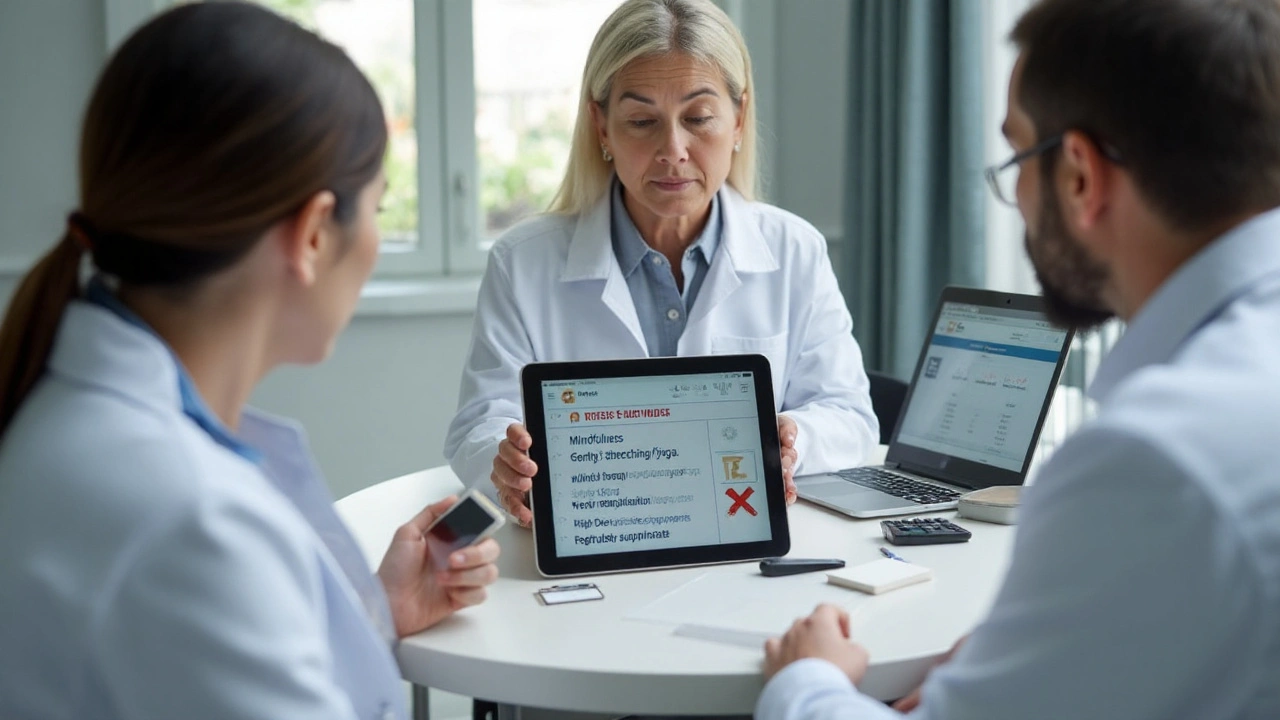
What to avoid, supplement safety, and a quick evidence snapshot
Jobs this section covers: know the red lines; avoid risky supplements and therapies; compare options by evidence, cost, and safety; use checklists and a decision tree.
Clear red lines after SAH:
- Neck manipulation: no high-velocity cervical adjustments. The neck arteries don’t need surprises.
- Heat extremes: skip very hot yoga, saunas, steam rooms in early recovery-they can drop blood pressure or trigger headaches.
- Intense breathwork: avoid hyperventilation or breath holds; choose gentle, slow exhale work instead.
- Straining: don’t lift loads that force breath-holding; use lighter weights with steady breathing.
Supplements and herbs: the good, the grey, the no-go. As of 2025, stroke/SAH guidelines still do not recommend routine supplements to prevent complications. Use them only to target a clear symptom, and clear it with your clinician first.
- Usually safe if approved and dosed conservatively:
- Magnesium glycinate 100-200 mg at night for sleep or muscle tension-avoid if you have kidney disease or low blood pressure; can worsen diarrhoea.
- Melatonin 1-2 mg 60-90 minutes before bed-can cause morning grogginess; interactions are rare but check.
- Vitamin D if deficient (confirmed by blood test)-dose per GP advice.
- Use with caution or avoid without specialist advice:
- High-dose omega-3/fish oil (>1 g/day EPA+DHA): can increase bleeding risk.
- Turmeric/curcumin capsules: may thin blood; culinary amounts in food are fine.
- Ginkgo biloba, ginseng, garlic pills: all can raise bleeding risk.
- St John’s wort: interacts with many medicines (antidepressants, anticoagulants).
- Kava and valerian: sedation and liver risks; not worth it here.
Drug-supplement interactions to watch:
- Antiplatelets/anticoagulants: avoid bleeding-risk herbs (ginkgo, ginseng, garlic, turmeric, high-dose fish oil).
- Nimodipine: avoid anything that further lowers blood pressure or causes dizziness; check any new supplement with your clinician.
- SSRIs/SNRIs: avoid St John’s wort (serotonin syndrome risk).
How to spot poor advice:
- Promises to “seal” or “dissolve” aneurysms without surgery-false.
- Pushy detoxes or megadose vitamins to “clean the brain”-no evidence, possible harm.
- Practitioners who tell you to stop prescribed meds-walk away.
| Therapy | Main target | Evidence quality | Typical UK cost | Key safety notes | Best suited for |
|---|---|---|---|---|---|
| Mindfulness/MBSR | Anxiety, sleep, pain coping | Moderate (multiple RCTs in stroke/neurology) | Free apps; £0-£200/course | Start with 5-10 min; stop if dissociation increases | Racing thoughts, poor sleep |
| CBT (Talking Therapies) | Anxiety, depression, insomnia | High for mood/sleep | NHS referral; private £60-£120/session | Ensure therapist understands SAH | Health anxiety, trauma symptoms |
| Graded activity | Fatigue, fitness, mood | Moderate | Free-low (home program) | Use 80% rule; avoid boom-bust | Post-exertional fatigue |
| Acupuncture | Headache, neck/shoulder pain | Low-moderate (mixed but promising) | £40-£70/session | Check BP; choose BAcC practitioner | Tension-type pain |
| Massage (light-moderate) | Muscle tension, stress | Low-moderate for short-term relief | £35-£70/session | Avoid deep neck work early | Neck/shoulder tightness |
| Music therapy | Mood, anxiety | Moderate | Free-£60/session | Keep volume low, esp. with sound sensitivity | Anxiety, low mood |
| Yoga/Tai chi (gentle) | Balance, flexibility, stress | Low-moderate | £0-£12/class (community) | Avoid hot yoga; skip breath holds | Stiffness, stress |
| Melatonin | Sleep onset | Moderate | £5-£15/month | Check with clinician; possible grogginess | Delayed sleep |
| Magnesium (glycinate) | Sleep, tension | Low-moderate | £8-£20/month | Avoid with kidney disease; watch BP | Restless sleep |
Decision tree for “should I try this?”
- Is it non-invasive and reversible (e.g., a class, a short trial, a low dose)? If no, skip.
- Could it raise bleeding risk or drop/spike blood pressure? If yes or unsure, ask your clinician first.
- Does it target a priority symptom you can measure weekly? If no, hold off.
- Will a qualified, regulated practitioner deliver it? If no, find one who is.
- Set a stop-rule: if no benefit in 3-6 sessions or side effects show up, stop.
Checklist: pre-appointment notes to share with any complementary therapist:
- Date of SAH and treatment (coiling/clipping/other), latest blood pressure targets, current meds.
- Triggers: heat, bright light, neck positions, breath-holding.
- Red lines: no neck thrusts, no heat extremes, no breath holds.
- Goals: e.g., “reduce headaches from daily to 3/week,” “fall asleep within 30 minutes.”
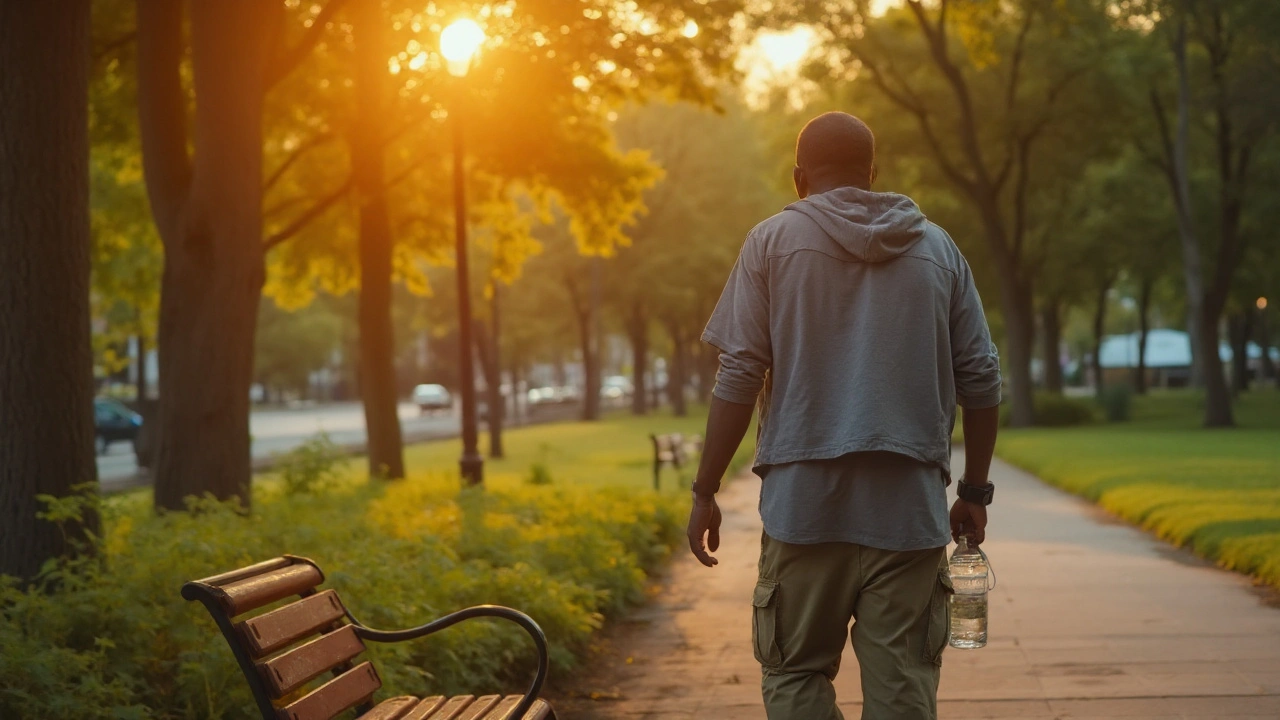
Putting it into your life: UK access, choosing practitioners, FAQs, next steps
Jobs this section covers: find UK services; check credentials; build a 12‑week plan; handle setbacks; get answers to common questions.
Access and credentials (UK):
- NHS: ask your stroke team or GP about physiotherapy, occupational therapy, and NHS Talking Therapies. Some hospitals offer mindfulness or fatigue groups.
- Acupuncture: look for British Acupuncture Council (BAcC) members. Ask about experience with neurological patients and blood pressure screening.
- Massage and yoga teachers: prefer those registered with CNHC or Yoga Alliance Professionals and who are comfortable adapting for neurological conditions.
- Chartered physiotherapists: protected title (HCPC). Many offer gentle yoga/Pilates with medical insight.
Costs in the UK (typical ranges):
- Private CBT: £60-£120 per session; some sliding scales.
- Acupuncture/massage: £35-£70 per session depending on region.
- Community classes (tai chi/yoga): £0-£12.
- Apps: plenty free options; premium mindfulness apps £5-£15/month.
A 12‑week sample plan (tweak to your energy and medical guidance):
- Weeks 1-2: build anchors
- Daily 5-minute breathing + 10-minute easy walk + 5-minute mobility.
- Sleep: fixed wake time; screens off 60 minutes before bed.
- Start a symptom log: headaches, sleep, fatigue score 0-10, activity minutes.
- Weeks 3-4: add one piece
- Mindfulness app 10 minutes on non-walking days, or first CBT session.
- If neck pain is high, book one gentle massage or acupuncture session.
- Keep walks at the 80% level to avoid payback.
- Weeks 5-8: consolidate
- Increase walking by 10% if stable; add one light resistance session weekly.
- Continue weekly therapy if you’re noticing gains. No change after 4 sessions? Switch modality.
- Trial melatonin (if approved) for 2 weeks if sleep onset is still >30 minutes.
- Weeks 9-12: personalise
- Consider a gentle class (tai chi/yoga) once weekly if noise/light is tolerable.
- Refine: drop what isn’t helping; double down on what is.
- Plan a deload week if fatigue creeps up: cut activity by 30% for 5-7 days, then resume.
Real-world expectations. Many SAH survivors report headaches most days early on, with gradual reduction over months. Fatigue is common-up to half still feel it at 6-12 months. Progress is rarely linear. Judge success by month-to-month trends, not day-to-day swings.
How to pick the right practitioner (3 questions to ask):
- What experience do you have with stroke/SAH or neurological clients?
- How will you adapt treatment if my blood pressure, headache, or dizziness worsens?
- What signs would make you stop or refer me back to my GP/neurology?
Mini‑FAQ
- Can complementary therapies prevent another SAH? No. Blood pressure control, smoking cessation, and medical follow-up reduce risk. Complementary care can help you stick to healthy routines but won’t prevent aneurysm rupture.
- Is acupuncture safe after coiling or clipping? If your team clears you and your blood pressure is stable, acupuncture by a trained practitioner who avoids high-risk points and monitors comfort is generally considered low risk. Skip if you’re on blood thinners unless your clinician agrees.
- What about CBD? Mixed data. CBD can interact with medicines and sometimes lower blood pressure. If you consider it, involve your clinician and start very low; many people do just as well with mindfulness plus sleep work.
- Can I return to the gym? Yes, but ease in: light cardio you could do while chatting, light resistance with steady breathing, no heavy lifts or breath holds early on. Build by 10% per week if symptom-stable.
- Do blue-light glasses help? Some people with light sensitivity find them useful in the evening. They won’t cure headaches, but they can reduce triggers.
Red flags-seek urgent help now:
- Sudden, severe “thunderclap” headache unlike your usual.
- New weakness, slurred speech, facial droop, vision loss, confusion, collapse, or seizures.
- Severe neck stiffness with fever.
Next steps by persona
- Newly discharged (weeks 1-4): focus on sleep anchors, daily gentle movement, and symptom logging. Book a GP check for BP targets and meds review. Hold off on supplements unless approved.
- 3-6 months out, stuck with fatigue: add pacing rules, consider CBT for insomnia/anxiety, and trial acupuncture or massage for tension. Review iron, thyroid, and vitamin D with your GP if fatigue is stubborn.
- Caregiver: help control the environment-dim lighting, quiet spaces, regular meals. Protect rest windows after appointments or visits.
Troubleshooting
- Headaches worse after activity: cut intensity by 30% for a week, split walks into shorter bouts, add cool packs post-activity.
- Sleep still rough: tighten light control; try a 20-minute daytime “non-sleep deep rest” audio; discuss melatonin with your clinician.
- Anxiety spikes in crowds: carry earplugs and tinted glasses; plan short exposures with an exit plan; use the 5-4-3-2-1 drill.
- No benefit from a therapy after 4-6 tries: stop. You owe it no loyalty. Pick the next safest option that targets your top symptom.
Why you can trust this approach. Stroke and aneurysm guidelines from major bodies in 2023-2024 emphasise blood pressure control, smoking cessation, rehab, and caution with bleeding-risk agents. Complementary options here are chosen for low risk and symptom relief, not promises of cure. They’re also adjustable: you can dial them up or down without derailing your medical plan.
One last nudge: track three things weekly-total minutes of easy movement, number of headache days, and average sleep onset time. If the numbers move the right way over a month, you’re on track. If not, change one lever and recheck in two weeks. Gentle, steady steps add up after SAH. You don’t have to do everything-just the next right thing you can sustain.
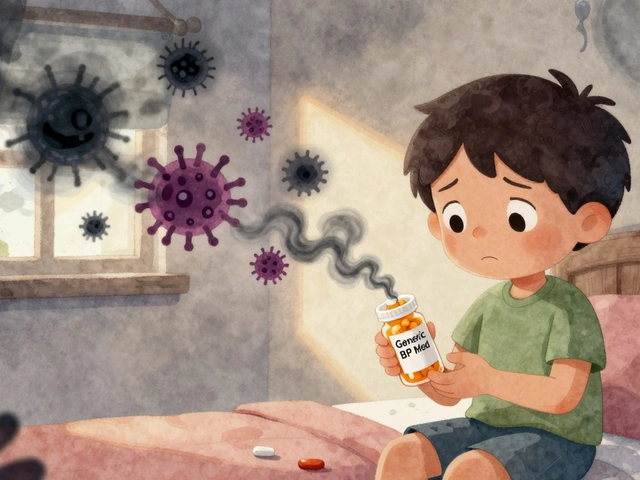
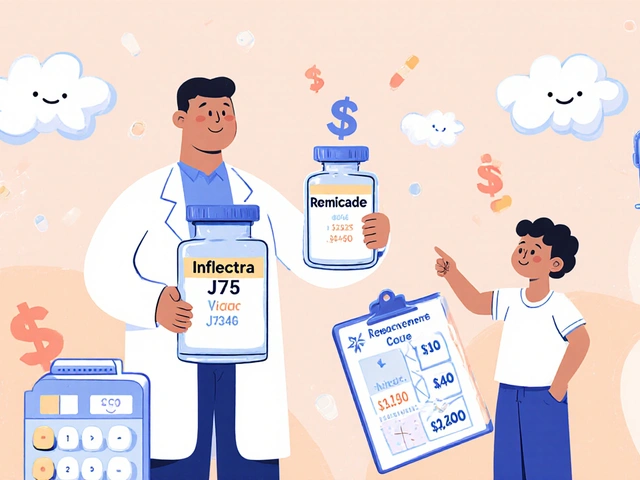

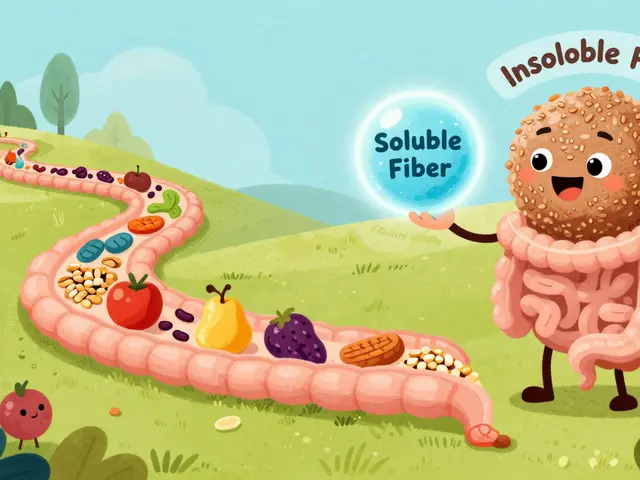
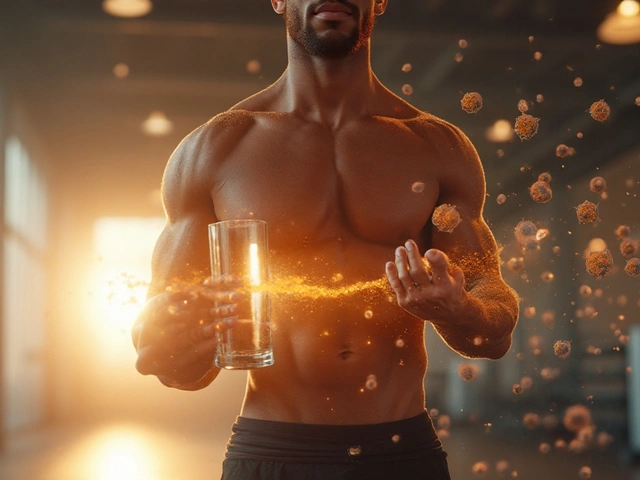
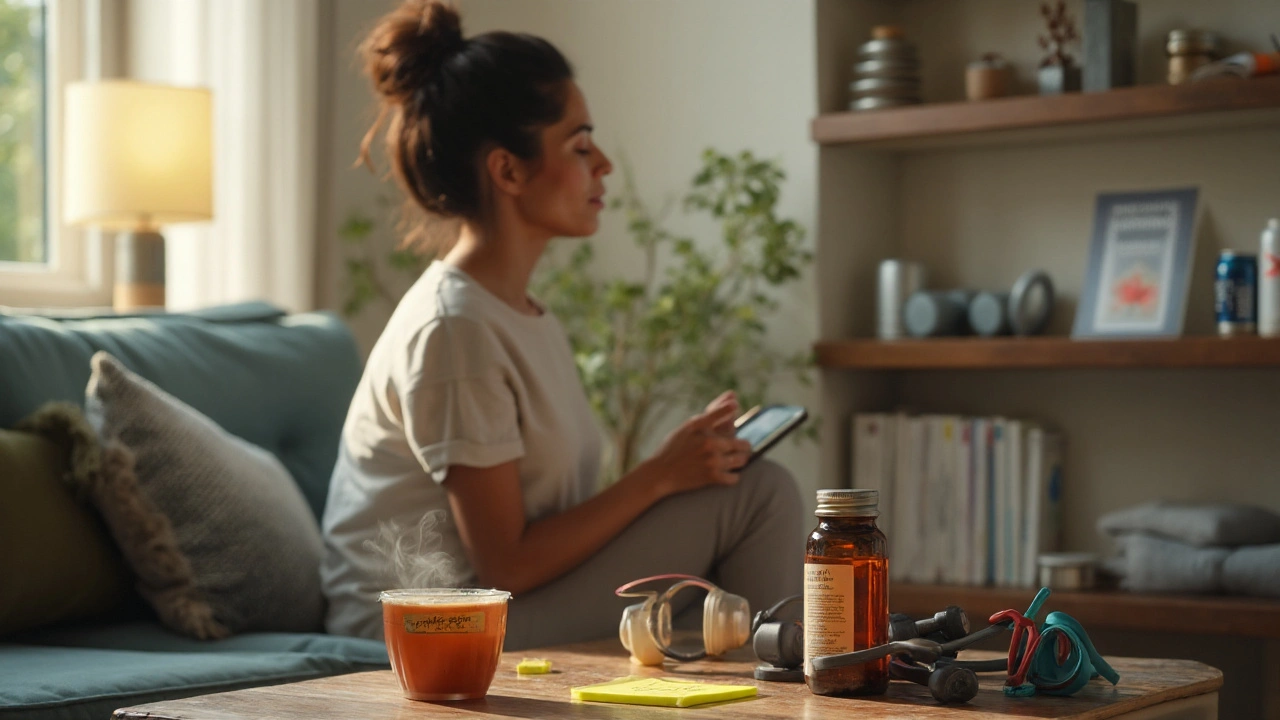
19 Comments
Just finished my 6th week of the 80% rule and my headaches dropped from daily to 3x/week 🎉 Honestly? This guide saved my life. No magic, just consistency. Started with 5-min breathing and now I’m walking 25 mins without crashing. Small wins, y’all. Keep going. 💪🧠
Hey, just wanted to say i really appreciate how this post avoids the usual ‘take this herb and you’ll be cured’ nonsense. after my sah, i got pitched everything from crystal healing to 10g turmeric capsules. the fact that you actually mention nimodipine interactions? that’s rare. thanks for keeping it real. 🙏
This is one of the most clinically grounded, well-structured resources I have encountered regarding post-SAH complementary care. The emphasis on regulated practitioners, symptom tracking, and evidence-based thresholds for intervention is commendable. I will be sharing this with my neurorehabilitation team.
While the content is generally sound, I must emphasize the necessity of formal institutional review and peer-reviewed validation prior to widespread dissemination of such protocols. The absence of citation markers for systematic reviews undermines academic rigor. Recommend appending references to Cochrane and Stroke journals.
Look, after SAH your autonomic nervous system is basically a frayed ethernet cable plugged into a lightning storm. The therapies listed? They’re not ‘alternatives’ - they’re neuro-regulatory dampeners. Mindfulness? That’s vagal tone modulation. Graded activity? It’s retraining the sympathetic overdrive loop. Melatonin? Circadian entrainment for a brain that lost its internal clock. The supplements flagged? Yeah, they’re all CYP450 disruptors or COX inhibitors - and after SAH, you’re already in a hypercoagulable-hypotensive paradox. Don’t add chaos. Stick to the blueprint. And if your acupuncturist doesn’t ask about your BP meds, walk out. This isn’t spa day. It’s neural recalibration.
So I tried the 5-4-3-2-1 grounding thing during a panic attack at the grocery store… and it actually worked? I didn’t flee. I just stood there naming things. Weird. Also, the cool pack on the back of my neck? Life changer. No more 3pm migraine crashes. Thanks for this - it’s like someone finally spoke my language.
Interesting. But where’s the data on acupuncture efficacy specifically in SAH, not just stroke? Most studies lump SAH with ischemic stroke. Also, the cost table doesn’t account for regional disparities in the UK. London acupuncture is £90, not £70. And why is yoga listed as low-moderate evidence? That’s a weak meta-analysis. Also, no mention of hyperbaric oxygen - potential neuroprotective agent, but under-researched. This feels curated, not comprehensive.
Let me tell you - this isn’t just advice, it’s a roadmap out of the fog. I was bedridden for 10 weeks after my coiling. I thought I’d never walk without dizziness again. Started with 5 minutes of breathing. Then 10 minutes of walking. Then added one resistance band exercise. Six months later? I hiked a mountain. Not fast. Not far. But I did it. And I didn’t crash. That’s the power of pacing. Don’t listen to people who say ‘push through.’ Your brain isn’t a muscle. It’s a fragile, healing circuit. Treat it like you’d treat a newborn - gentle, patient, consistent. You’ve got this.
I appreciate the clarity and caution here. After my husband’s SAH, we were bombarded with well-meaning but dangerous advice - ‘just take turmeric, it’s anti-inflammatory!’ No. We learned the hard way. The checklist for practitioners is brilliant. I printed it and brought it to every appointment. The 80% rule? We live by it now. Thank you for not sugarcoating the risks.
So you're telling me I can't have my daily ginkgo smoothie? And no hot yoga? What is this, a hospital? Next you'll say I can't breathe. Look, I've been doing holistic stuff for 20 years and I'm fine. Your 'evidence' is just Big Pharma fearmongering. They don't want you healing naturally. Nimodipine? That's just a vasodilator to keep you dependent. I'm going with my gut. And my ginseng.
I’ve been reading this over and over since my sister’s SAH. The part about the ‘worry window’ - I started doing that. I write down my fears at 1pm, then don’t think about them until then. It’s like… giving anxiety a scheduled appointment. And it’s working. I used to feel like my brain was on fire 24/7. Now I have moments of quiet. Thank you for not just listing therapies - you gave us a way to live again.
Oh sure, ‘avoid ginkgo’ - because Big Pharma doesn’t profit off of acupuncture or breathing. Wake up. They’ve been suppressing natural recovery for decades. Why do you think nimodipine is the only thing they push? It’s a cash cow. And don’t get me started on the ‘regulated practitioners’ - most of them are just licensed hypnotists with a diploma. I’ve been using CBD oil and infrared saunas for 8 months. My aneurysm didn’t come back. Coincidence? I think not. Someone’s hiding the truth. And it ain’t the herbs.
While the pragmatic approach is commendable, the omission of any reference to the 2023 AHA/ASA guidelines on post-SAH neurorehabilitation is a notable scholarly deficiency. Furthermore, the cost estimates for UK services are outdated as of Q1 2025; NHS Talking Therapies now have a 14-week average wait, which renders the ‘accessible’ claim misleading. The recommendation to use melatonin without explicit dose titration protocols is clinically incautious.
hi, i just wanted to say thank you. i’m 3 months out and i’ve been too scared to try anything. this made me feel like i can start small. i did the breathing thing for 3 days and i didn’t cry as much at night. i think i forgot how to relax. also, i think i spelled ‘acupuncture’ wrong. sorry.
Oh sweetie, you’re so sweet to write this. But honestly? You’re underestimating the power of essential oils. Frankincense and lavender on the temples? That’s the real magic. And why no mention of ozone therapy? It’s used in Europe for stroke recovery - but of course, the FDA won’t let you know. Also, I’ve been taking 5g of turmeric daily since my SAH. My neurologist didn’t even blink. You’re being too cautious. You need to trust your intuition, not some spreadsheet.
This is not merely a guide - it is a quiet revolution in neuro-recovery literacy. The way you’ve woven clinical precision with human tenderness is rare. I’ve worked in neurology for 17 years, and I’ve never seen a resource that so elegantly balances evidence with emotional intelligence. The pacing rules? Genius. The symptom log? Revolutionary. The decision tree? A masterclass in patient empowerment. You didn’t just write a post - you built a sanctuary for the brain’s slow, sacred healing. Thank you.
Hey, I just wanted to ask - can I do rebounding on a mini trampoline? I read somewhere it helps lymphatic flow and brain detox. I’m thinking of starting tomorrow. Also, can I do it barefoot? I heard grounding helps with inflammation. I’m just trying to help myself. Please tell me if it’s safe!
OMG I LOVE THIS SO MUCH 💖💖💖 I’ve been using the 5-4-3-2-1 trick every time I feel like I’m going to faint from anxiety. And I started a Spotify playlist called ‘Sah Healing Vibes’ - chill lofi, rain sounds, and one song by Enya. I cry every time I hear it. But in a good way. This is the most beautiful thing I’ve read in years. Thank you for existing. 🌸
Just saw @juliephone bee’s comment - YES, the breathing thing works. I did it for 5 days straight and my headaches went from ‘I need to lie down’ to ‘I can handle it.’ You’re not alone. We’re all just trying to find our new normal. Keep going. You’re doing better than you think. 🌱